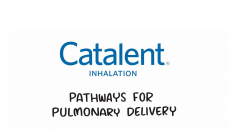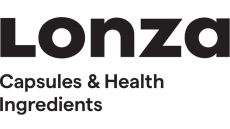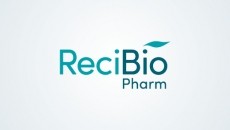Valois discusses what patients want from a device
Pharma companies are increasingly looking to novel drug delivery devices as a means to differentiate their products and extend life cycles in response to competition from generic rivals.
Valois believes its side actuated nasal delivery device can meet this demand and Herve Pacaud, director of pump business development, was at CPhI 2009 to explain how the technology has been developed.
Pacaud said that Valois performed patient acceptance tests (PAT) on prototypes to establish what consumers want. From the results of these tests, which were performed using 49 patients, Valois decided which of its designs to continue developing.
The patients preferred side actuated devices, listing gripping ease, force needed to activate and confidence that the right dose has been administered as key factors.
Furthermore, patients prefer devices that keep their fingers away from their nose, which partially explains the preference for side actuation. Pacaud added that patients want to be able to use their devices discretely and see when the product is running out of therapeutic.
Company perspective
Over the past 30 years devices have become considerably more sophisticated, leading to GlaxoSmithKline launching the first side actuated product in 2007.
Novel device designs help companies differentiate their product and build a strong brand, which is particularly important in the US where direct-to-consumer (DTC) advertising is allowed.
This could become more important once the US creates a regulatory pathway for follow-on biologics (FOB). A Frost & Sullivan report stated that FOBs, and in particular generic human growth hormone (hGH), will drive innovation in drug delivery devices.
Generics companies will sell their products for less than innovators and consequently big pharma may attempt to extend the life cycles of its products by launching devices that are more convenient and improve compliance.














